The number of beehives in Britain’s cities is growing rapidly, putting pressure on native bees ‘that really need our help’, say scientists and experienced beekeepers
“Dinosaurs, robots and honeybees. I don’t know why, but everyone is fascinated,” says Richard Glassborow, chair of the London Beekeepers’ Association (LBKA). When it comes to beekeeping, what was once a niche hobby has flourished, especially in Britain’s cities.
But there is growing concern from scientists and experienced beekeepers that the vast numbers of honeybees, combined with a lack of pollinator-friendly spaces, could be jeopardising the health and even survival of some of about 6,000 wild pollinators across the UK. Last year, Kew Gardens’ State of the World’s Plant and Fungi report warned: “Campaigns encouraging people to save bees have resulted in an unsustainable proliferation in urban beekeeping. This approach only saves one species of bee, the honeybee, with no regard for how honeybees interact with other, native species.”
“The general public know about honey; they know it comes from a bee. I think for most people, that’s it. That’s bees,” says Prof Jane Memmott at Bristol University. “Actually, there is the huge swathe of native biodiversity – around 270 species of solitary bee and 25 species of bumblebee – that really need our help.”
Alarmed at the number of beehives in London more than doubling over a 10-year period, with an estimated 7,400 hives in Greater London, the LBKA said earlier this year: “The prevailing ‘save the bees’ narrative is often based on poor, misleading or absent information about bees and their needs. It can imply that keeping honeybees will help bees, which is not necessarily the case.”
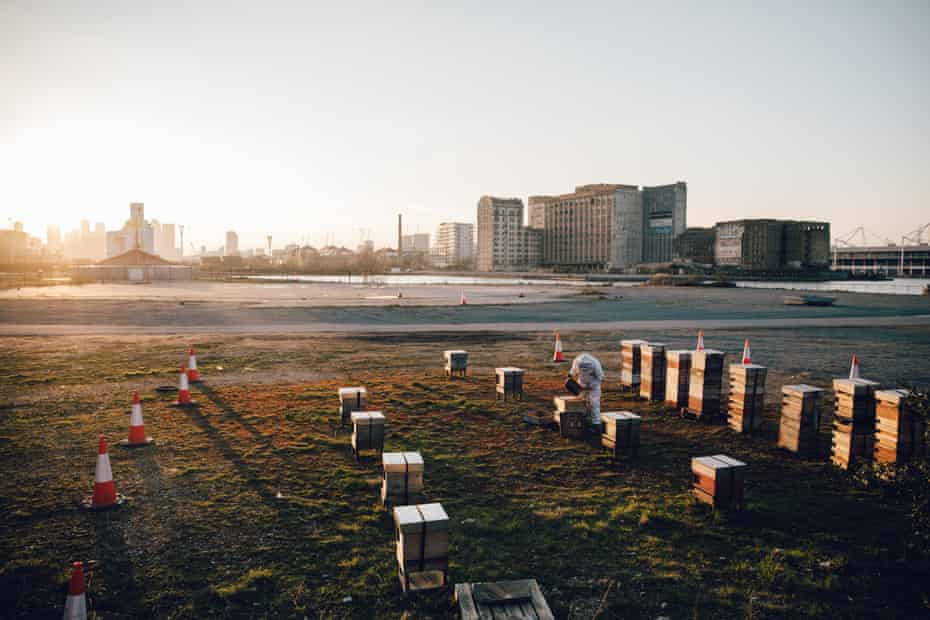
Glassborow adds: “We have to change the narrative. People think getting honeybees is going to save bees. It isn’t. This is quite a sensitive issue for a beekeeping association to take on … [but] this is coming from the membership, it’s not something that a few people are campaigning for.”
“Honeybees are not in decline; they are probably the most numerous bee on the planet,” says Andrew Whitehouse from insect conservation charity Buglife. While the UN’s Food and Agricultural Organization reports there are more than 90m honeybee hives globally, many rarer native pollinators are in increasingly precarious positions.
“Our wild pollinators are in serious trouble. Across the board we are seeing a loss of the abundance and the diversity of pollinating insects,” adds Whitehouse. “We are seeing threatened species becoming more threatened and more rare. We are seeing some species that we know are really on the brink of extinction in the UK.
“The large mason bee used to be found in southern England and Wales; that’s now only found on a single site in north Wales. The six-banded nomad bee which used to be fairly widespread is now only found on a single site in Devon. When you’re only on single sites there is a real risk of extinction.”
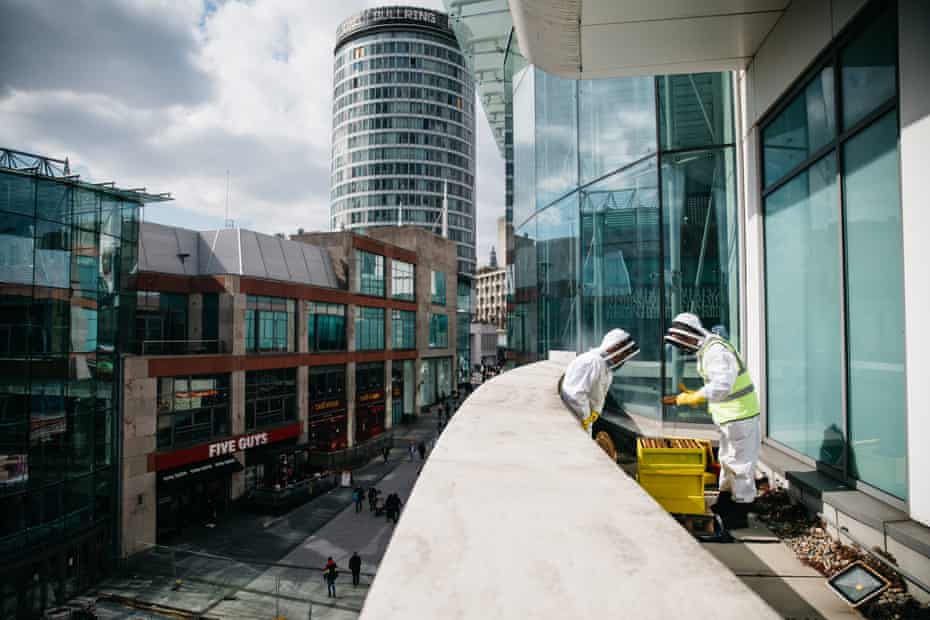
Prof Phil Stevenson, lead author of the Kew report, argues that the bees native to our shores are some of the most varied and spectacular in the world – the equivalent of a ring-tailed lemur or Sumatran rhinoceros wandering through our gardens. “Bees are a rather strange organism in that the greatest diversity is in the temperate zones,” says Stevenson. “With almost every other creature, you have got this peak of diversity in the tropics where it’s warm, wet and highly diverse. Bees are more adapted to more temperate climates, so the greatest diversity is in the belts across Europe and North America.”
Global factors are contributing to the catastrophic stresses and strains endured by wild pollinators, a group that includes not only bees but bats, flies, moths, wasps, birds, butterflies and beetles. “It’s climate change; it’s lack of floral resources in the countryside. We have lost a third of the nectar in the countryside since the 1950s. There are diseases, there is habitat loss, there are pesticides,” says Memmott. “All of these things don’t act in isolation either: if you haven’t got enough food you are probably more likely to catch diseases because your immune system isn’t as competent.”
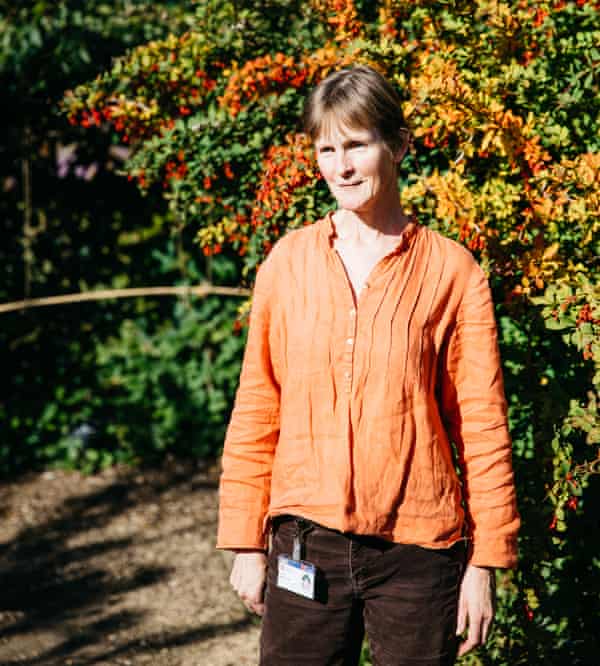
As a result of the challenges in more traditionally insect-friendly habitats, urban spaces have become an increasingly vital lifeline for beleaguered pollinators. “We did a big project where we asked how do cities compare with farmland and nature reserves, and actually on average there are more bee species in cities than there are in the surrounding farmlands,” says Memmott. Stevenson adds that more than 50% of the UK’s bee species have been found in London, with 107 in Kew Gardens alone.
“There is a lot of scientific literature that shows urban areas are really important in supporting the abundance of wild pollinators and especially some of those more generalist species,” says Whitehouse. A lack of pesticides in urban gardens allows more plants to flower, and a heat island effect can lengthen the flowering season of non-native plants that many generalist pollinators are more than happy to feed on.
Stevenson says one of the aims of the Kew report was to assess the amount of plant life (forage) in a typical urban setting and how many beehives that could reasonably be expected to support. “We estimated that a square kilometre of urban landscape in the UK could support seven-and-a-half hives. In some places in London there are over 50,” he says.
Dale Gibson of Bermondsey Street Bees, a commercial beekeeping practice with a focus on sustainability, says they have reduced their hives in London by a third to alleviate the overpopulation crisis. He explains how the dietary requirements of honeybees can make competition for scarce food resource extremely fierce.
“Honeybees are very efficient, almost omnivorous consumers of nectar and pollen; they are voracious,” says Gibson. “There is no off button. They will carry on consuming what’s out there as long as it’s out there. Just to stay alive each beehive will consume 250 kilos of nectar and 50 kilos of pollen. If you have a hive of 70,000 bees, that’s 70,000 times four or five cycles over a single season. You are talking about almost half a million bees that have got to be fed.”
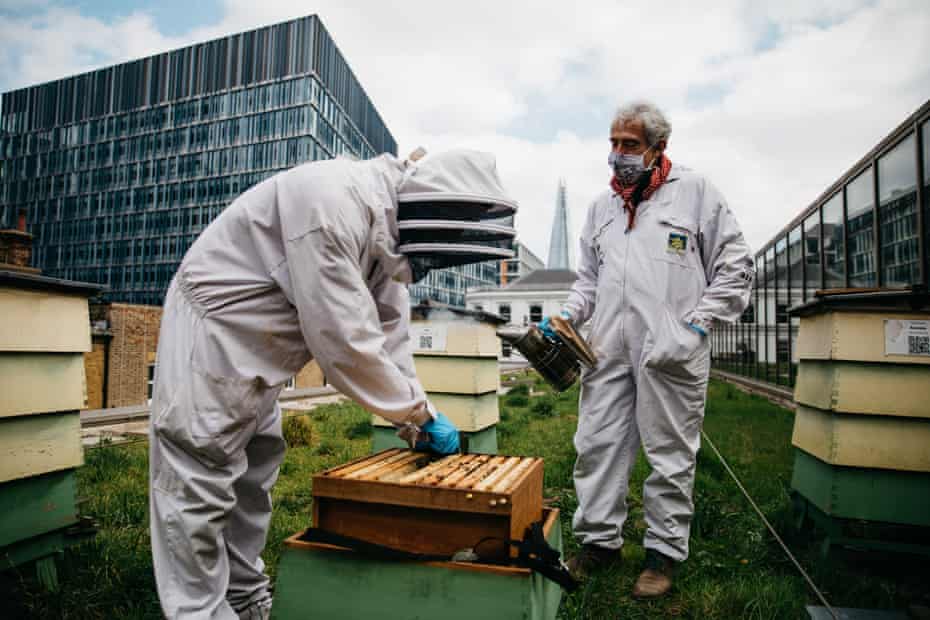
Whitehouse adds: “We know the main reason our native pollinators are in decline is a lack of wildflowers in our countrysides and urban areas. To increase the competition for that limited resource puts a huge amount of pressure on the wild pollinators. That means that the populations of those wild pollinators are reduced, you have less abundance and less diversity.”
There are other side-effects to having too many bees. Memmott describes poorly managed honeybees as “little ecosystems of plagues and contagion” due to the high density at which they are kept – particularly when compared with native pollinators, many of which are solitary. This risk is far greater when hives of honeybees are kept in close proximity, as disease spreads more quickly between them and out into the wider population of pollinators.
There is strong evidence that some of the most feared diseases are increasing rapidly in the areas of highest hive density.
“We had the worst year for European foul brood outbreaks last year,” says Glassborow. “We had more colonies infected – double our previous worst year. It just happens that the hotspots of those infection outbreaks seem to mirror high-density hotspots. That is telling you something is not right.”
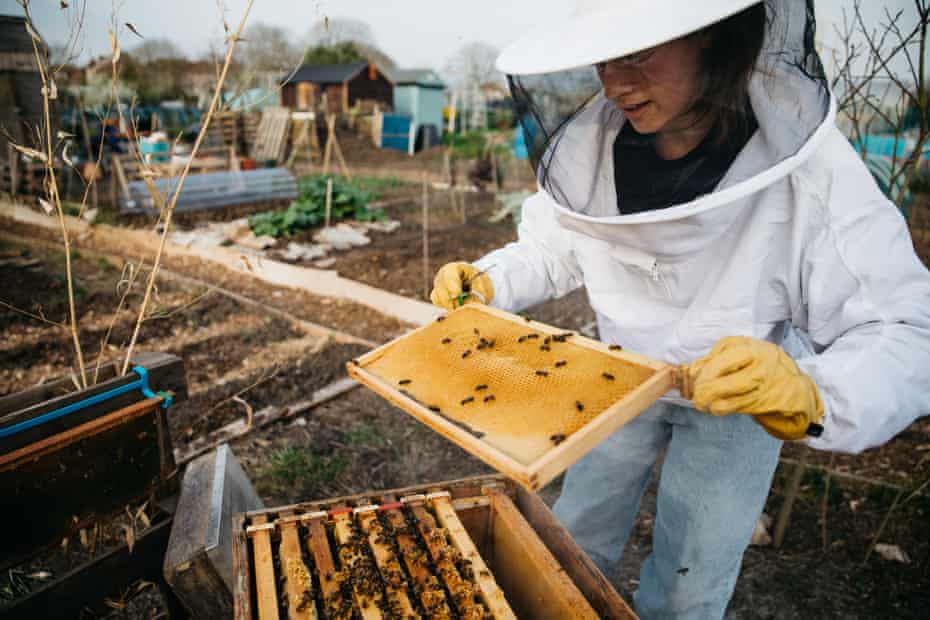
Despite all these issues, many of the UK’s leading nature and insect conservation charities are not anti-honeybee. Honeybees provide urban populations with an opportunity to bond with some of nature’s most charismatic creatures, says Glassborow. “There are lots of pluses about honeybees, particularly in terms of engagement for urban populations. That’s important because more than 50% of the world’s population live in cities. It’s a dangerous situation if they are completely disconnected from the natural world. If the public doesn’t know about it and they have no interest in pollinators, then nothing is going to change.”
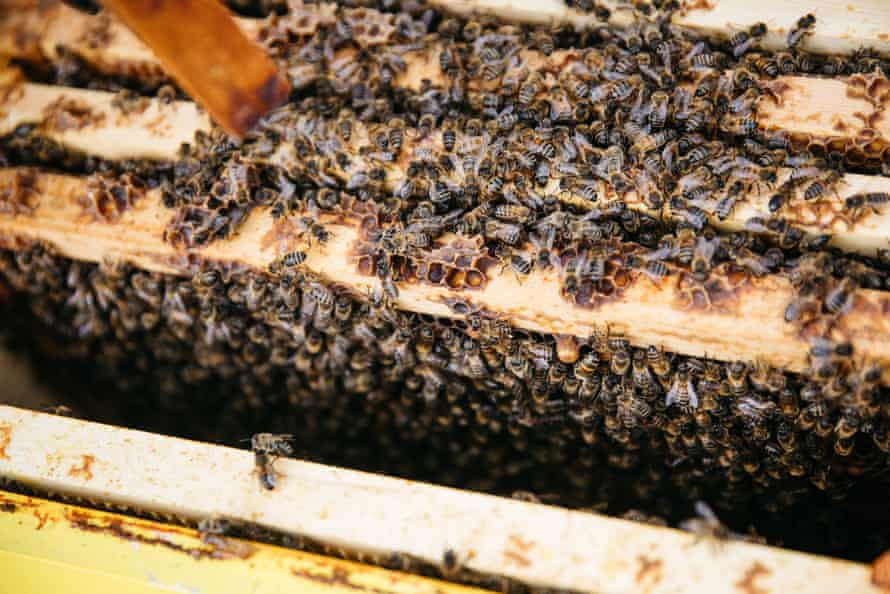
The LBKA and other beekeeping associations want to reduce the number of bees in certain areas, without reducing the number of beekeepers. Beekeepers are looking at ways to share hives, as well as reduce the number of hives in their apiaries. Efforts are also being made to throw their collective weight behind planting programmes such as Buglife’s B-Line project, which seeks to establish wildflower corridors between pollinator hotspots to allow small local populations to expand and re-establish themselves.
Tim Vivian, a beekeeper in the centre of Birmingham, makes an effort to show as many people as possible his hives, from colleagues to schools and anybody with a passing interest. He says: “I don’t expect everyone I show the hives to take up beekeeping, and I certainly wouldn’t suggest that they did. What is quite possible is everyone who comes to see the hives could do a little bit more to think about habitat and forage for pollinators generally. I say to everyone who comes, if only you would plant a few flowers, plant something that’s good for bees, good for beetles, good for butterflies, we can encourage pollinators to do their own thing and give them enough forage so that they can survive.”

Sarah Wyndham Lewis, also of Bermondsey Street Bees, adds: “People want to help; they just need to be given a toolkit. They just need to know more.”
“It’s a question of all things in moderation,” says Memmott, a view shared by Richard Comont from the Bumblebee Conservation Trust. “Beekeeping in and of itself is a good thing for people to be able to do but it’s a question of scale and responsibility,” he says. “There are a lot of wellbeing benefits, and the honey you get out of a hive is massively nicer than anything you can get in the supermarkets. Those sort of reasons are perfectly valid reasons to keep bees.
“As long as you realise that you aren’t doing it to save the bees; in the same way, if you keep chickens next to your beehive you aren’t saving the white-tailed sea eagle.”
Find more age of extinction coverage here, and follow biodiversity reporters Phoebe Weston and Patrick Greenfield on Twitter for all the latest news and features
